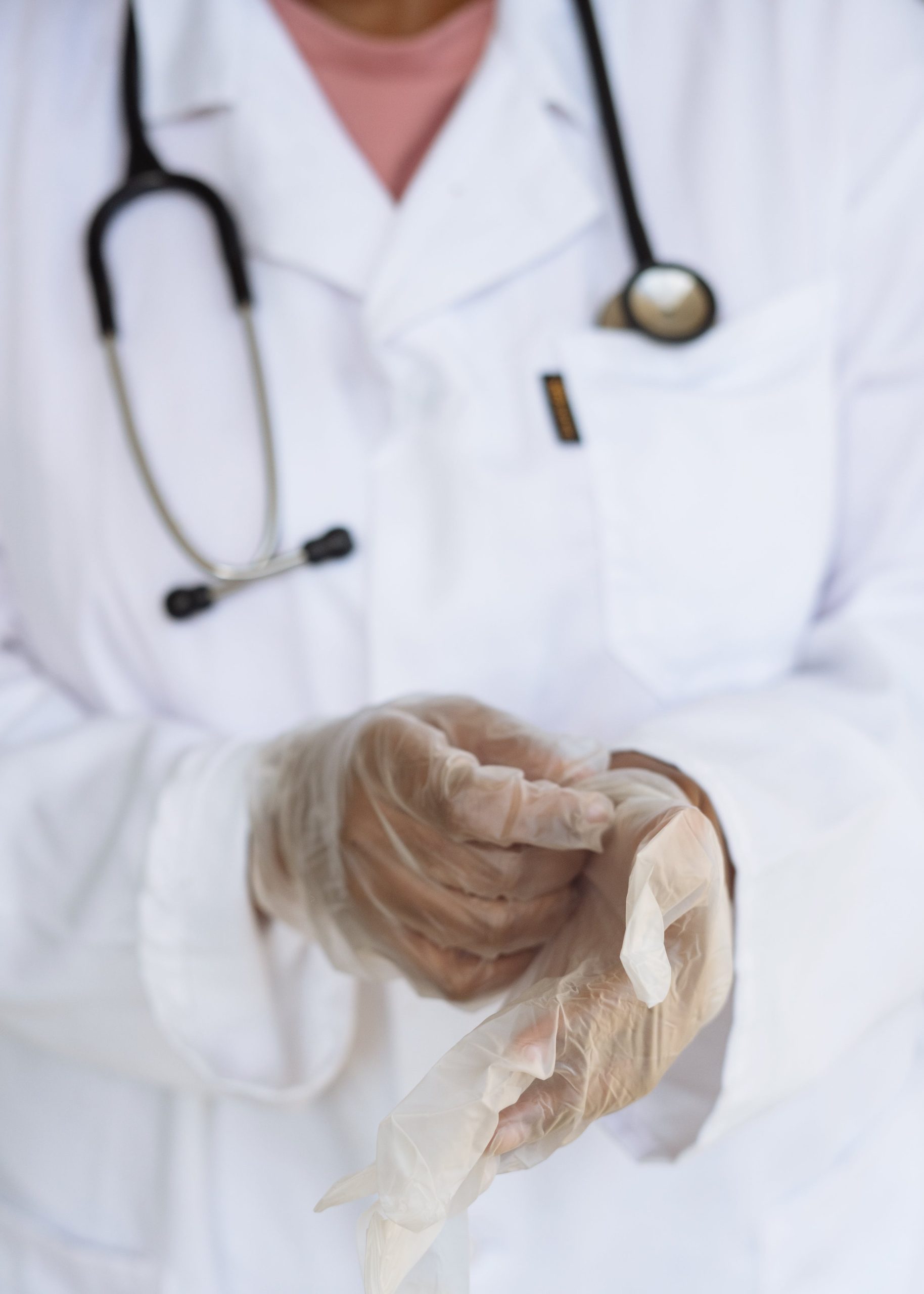The Alphabet of Women in Science
Yesterday was pretty heated because Boris and I had a spat concerning women in science. Ms. Peter asked everyone to reveal their career role model. I chose Thomas Edison.
Boris snorted. ‘I bet you had to choose a male scientist because there are no female scientists.’
‘Of course there are female scientists.’ I retorted ‘Marie Curie was…’
‘I am sure she is the only one.’ He interrupted. ‘There are no female scientists and that is why you badly want to be like a male scientist.’ Boris laughed.
‘If I am able to list 25 females in science and their achievements then you will concede defeat and bow your head in shame and if I am not, I will concede defeat.’ I said.
Ms. Peter smiled, ‘great proposition.’ She pointed an index finger at Boris. ‘And if she is able to list 25 women and girls in science, you will give us a presentation on why you think females are not good enough to be scientists.’
‘Ok ma’am.’ Boris replied. ‘I am so sure she won’t find up to ten. If she is not able to find 25, please let Queenet give us a presentation on why she thinks there are women in science.’
****
When it was 11am, Ms. Peter entered the class, and I took my place in front of the white board.
‘Good morning Ms. Peter and my fellow classmates, I stand here today in honor of the women who have broken barriers and given girls and females a voice in the sciences. I reiterate, this list is not exhaustive.’
I paused and Ms. Peter urged me to go on.
A–Annie Easley, a computer scientist, known for creating advanced power tech for hybrid vehicles and NASA’s Centaur rocket, including batteries and fuel systems.
B–Barbara McClintok, a cytogeneticist known for her work in genetic structure of maize.
C–Caroline Herschel, an astronomer, known for discovering several comets.
D–Dora Akinyuli, a pharmacist, known for her work as the Director General of NAFDAC where she fought against counterfeit drugs and improved the safety of pharmaceutical products.
E–Elizabeth Garret Anderson, a physician, known for being the first woman to gain a medical qualification in Britain and create a medical school for women.
F–Francoise Barre-Sinoussi, a virologist, known as the co-discoverer of HIV.
G–Gerty Cori, a biochemist, known for discovering the course of the catalytic conversion of glycogen.
H–Harriet Brooks, a nuclear physicist, known for discovering atomic recoil and transmutation of elements in a radioactive decay
I–Ida Henrietta Hyde, a physiologist known for developing a micro-electrode potent for chemical or electronic tissue stimulation, while compact enough to inject or remove tissue from a cell.
J–Juanita Merchant, a gastroenterologist, known for contributing to the understanding of gastric response to chronic inflammation.
K–Katherine Johnson, mathematician, known for calculating orbital mechanics which was critical to the success of initial and subsequent U.S. crewed spaceflights.
L–Lynn Margulis, evolutionary biologist, known as the primary modern proponent for the significance of symbiosis in evolution.
M–Mae Jemison, engineer, physician and astronaut. Known as the first African-American woman to travel into space.
N–Noreen Murray, molecular geneticist known for pioneering recombinant DNA technology.
O–Olga Ladyzhenskaya, mathematician, known for providing the first proofs of the convergence of a finite difference method for the Navier–Stokes equations.
P–Patsy O’Connell Sherman, chemist and co-inventor of Scotchgard, a 3M brand of products, a stain-repellent and durable water-repellent
R–Rosalind Franklin, chemist and X-ray crystallographer, is known for discovering the molecular structures of DNA, RNA, viruses, coal, and graphite.
S–Stella Adadevoh, a physician known for containing the Ebola virus outbreak in Nigeria in 2014.
T–Thelma Estrin, computer scientist, known for designing the Weizmann Automatic Computer, the first computer in Israel and the Middle East
U–Uta Forth, psychologist, research paved the way for the recognition of a theory of mind deficit in autism.
V–Virginia Apgar, physician, known as the inventor of the Apgar score, a way to assess the health of a newborn child to avoid infant mortality.
W–Wangari Maathai, environmental activist, founded the Green Belt Movement, an environmental NGO focused on planting trees and environmental conservation.
X–Xilingshi, wife of the Yellow Emperor, discovered sericulture, and invented the silk loom.
Y–Yvonne Barr, virologist, known for co-discovering the Epstein–Barr virus.
Z–Zeng Fanyi, a stem cell scientist, is known for demonstrating for the first time that an entire mammalian body can be generated from induced pluripotent stem cells.
With each woman presented, I couldn’t help but notice Boris’s growing surprise. The richness of contributions from Annie Easley to Zeng Fanyi is proof that women have been, are, and will continue to be important forces in shaping science. After my presentation, he gave a standing ovation and the whole class joined.
‘Your turn Boris.’ Ms. Peter announced.

